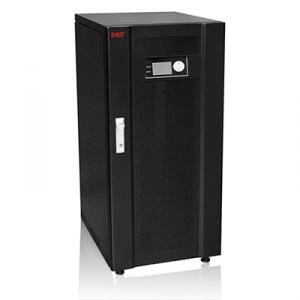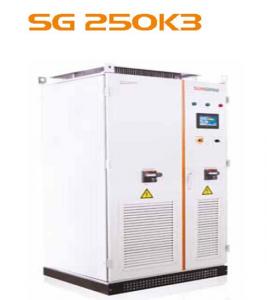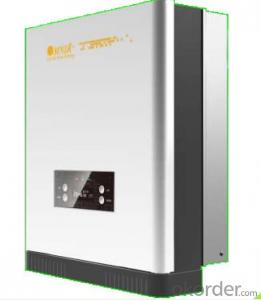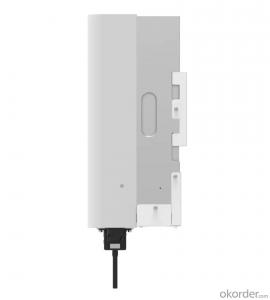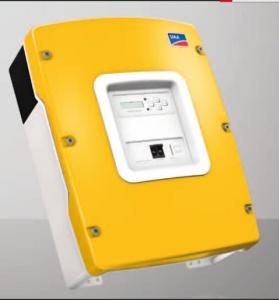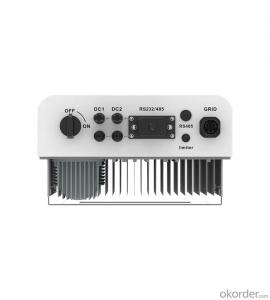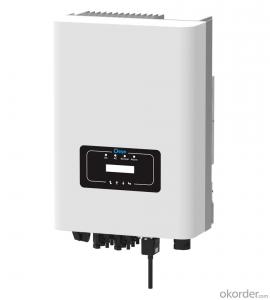All Categories
- - Steel Wire Rod
- - Steel Coils
- - Steel Profiles
- - Steel Pipes
- - Stainless Steel
- - Tinplate
- - Special Steel
- - Steel Sheets
- - Steel Rebars
- - Steel Strips
- - Hot Rolled Steel
- - Cold Rolled Steel
- - Pre-painted Steel
- - Seamless Steel Pipe
- - Welded Steel Pipe
- - Hollow Steel Tubes
- - Galvanized Pipe
- - Stainless Steel Coil
- - Stainless Steel Sheet
- - Stainless Steel Plate
- - Stainless Steel Strips
- - Electrolytic Tinplate Coil
- - Electrolytic Tinplate Sheet
- - Stainless Steel Rebars
- - Solar Panels
- - Solar Water Heater
- - Solar Related Products
- - Solar Inverter
- - Solar Cells
- - Solar Light
- - Solar Energy Systems
- - Solar Controllers
- - Solar Mounting System
- - Solar Pump
- - Solar Chargers
- - Fiberglass Chopped Strand
- - Fiberglass Mesh Cloth
- - Composite Pipes
- - FRP Pultrusion Profiles
- - Fiberglass Mat Tissue
- - Fiberglass Fabrics
- - Fiberglass Mesh
- - Composite Tank
- - Fiberglass Mesh tape
- - Polymer
- - FRP Roofing Panel
- - Fiberglass Roving
- - Monolithic Refractories
- - Ceramic Fiber Products
- - Refractory Bricks
- - Raw Materials For Refractory
- - Suspended Platform
- - Cranes
- - Concrete Machinery
- - Earthmoving Machinery
- - Building Hoist
- - Road Building Machinery
- - Plastic Pipe Fittings
- - Plastic Tubes
- - Plastic Sheets
- - Agricultural Plastic Products
- - Plastic Nets
 All Categories
All Categories
Q & A
What is the maintenance required for a solar inverter?
The maintenance required for a solar inverter typically involves regular cleaning of the unit, checking for any loose connections or damaged wiring, and monitoring its performance through regular inspections and system checks. Additionally, it is crucial to follow the manufacturer's guidelines and recommendations for maintenance, including firmware updates and servicing by trained professionals when necessary.
Can a solar inverter be used with a ground-mounted solar system?
Yes, a solar inverter can be used with a ground-mounted solar system. The solar inverter's primary function is to convert the direct current (DC) generated by the solar panels into alternating current (AC) that can be used to power the electrical appliances and devices in a home or building. Whether the solar panels are mounted on the roof or on the ground, the solar inverter can still perform its function effectively.
How does a solar inverter handle voltage surges in the grid?
A solar inverter handles voltage surges in the grid by implementing various protection mechanisms. When a voltage surge occurs, the inverter's built-in surge protection devices, such as metal-oxide varistors (MOVs) or transient voltage suppressors (TVS), activate to divert the excess voltage away from the system. These devices absorb and dissipate the surge energy, preventing damage to the inverter and other connected equipment. Additionally, advanced inverters may have features like voltage regulation and anti-islanding protection, which help stabilize the grid and disconnect the system in case of abnormal voltage surges, ensuring safety and preventing potential damage.
How does a solar inverter interact with the utility grid?
A solar inverter interacts with the utility grid by converting the direct current (DC) electricity produced by the solar panels into alternating current (AC) electricity that can be used by homes and businesses. It synchronizes the AC electricity with the utility grid's voltage and frequency, allowing excess energy to be fed back into the grid when the solar system generates more electricity than is being consumed. This interaction enables the solar system to offset energy consumption, reduce utility bills, and potentially receive credits for the surplus energy sent back to the grid.
Wholesale Solar Inverter from supplier in Syria
We understand the unique challenges and specific requirements of the Syrian market and strive to deliver tailor-made solutions to our clients. Our team of experienced professionals is dedicated to providing excellent customer service, ensuring smooth and efficient transactions from start to finish.
In addition to our sales and quotation services, we also provide comprehensive technical support to assist our customers in selecting the right Solar Inverter products for their specific needs. Our experts are available to answer any questions, address concerns, and provide guidance throughout the procurement process.
As a subsidiary of CNBM, a Fortune Global 500 company, we have the financial strength, resources, and global network to offer reliable and cost-effective Solar Inverter solutions in Syria. We have established strong relationships with reputable manufacturers, ensuring that our customers have access to high-quality and innovative products.
With our extensive range of Solar Inverter products and expertise in the Syrian market, we are confident in our ability to meet the diverse needs of our clients. Whether you are a small-scale residential project or a large commercial installation, we are committed to delivering exceptional value and service. Contact us today to discuss your Solar Inverter requirements in Syria.
In addition to our sales and quotation services, we also provide comprehensive technical support to assist our customers in selecting the right Solar Inverter products for their specific needs. Our experts are available to answer any questions, address concerns, and provide guidance throughout the procurement process.
As a subsidiary of CNBM, a Fortune Global 500 company, we have the financial strength, resources, and global network to offer reliable and cost-effective Solar Inverter solutions in Syria. We have established strong relationships with reputable manufacturers, ensuring that our customers have access to high-quality and innovative products.
With our extensive range of Solar Inverter products and expertise in the Syrian market, we are confident in our ability to meet the diverse needs of our clients. Whether you are a small-scale residential project or a large commercial installation, we are committed to delivering exceptional value and service. Contact us today to discuss your Solar Inverter requirements in Syria.



